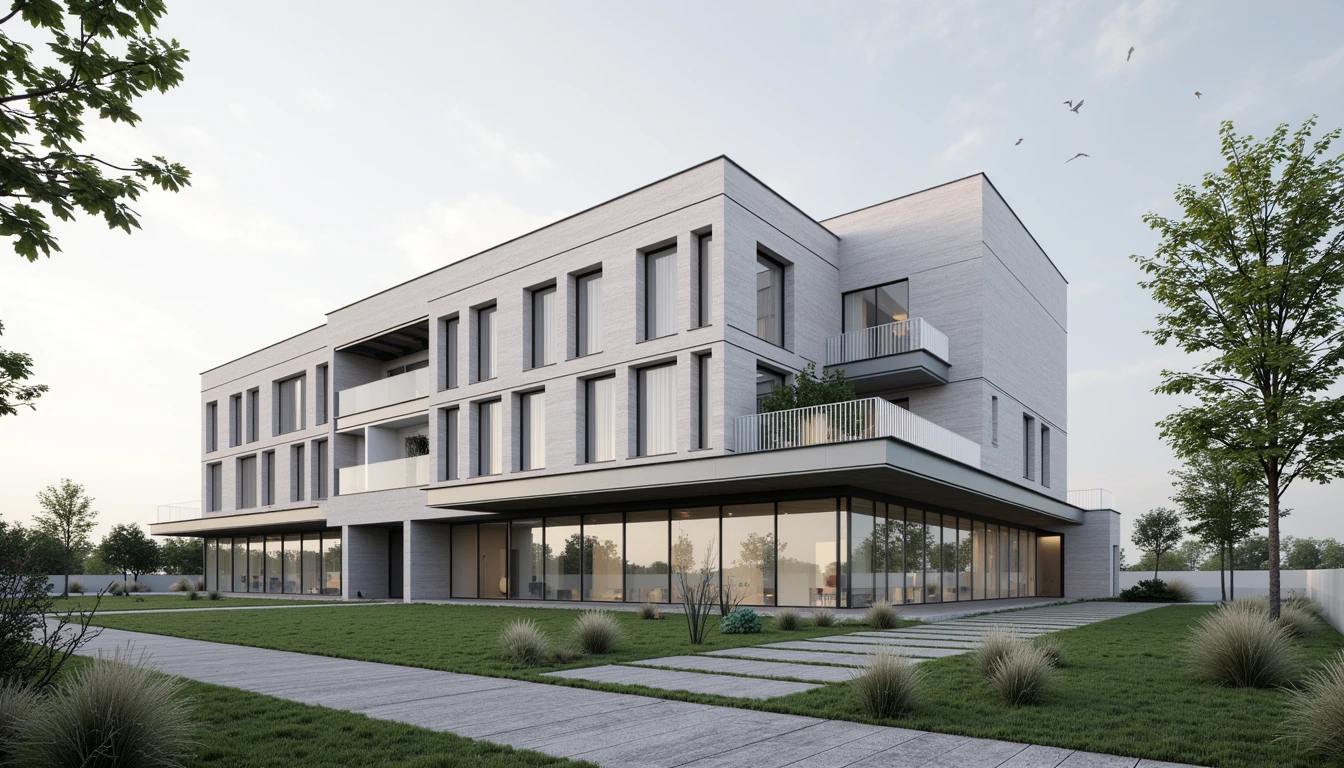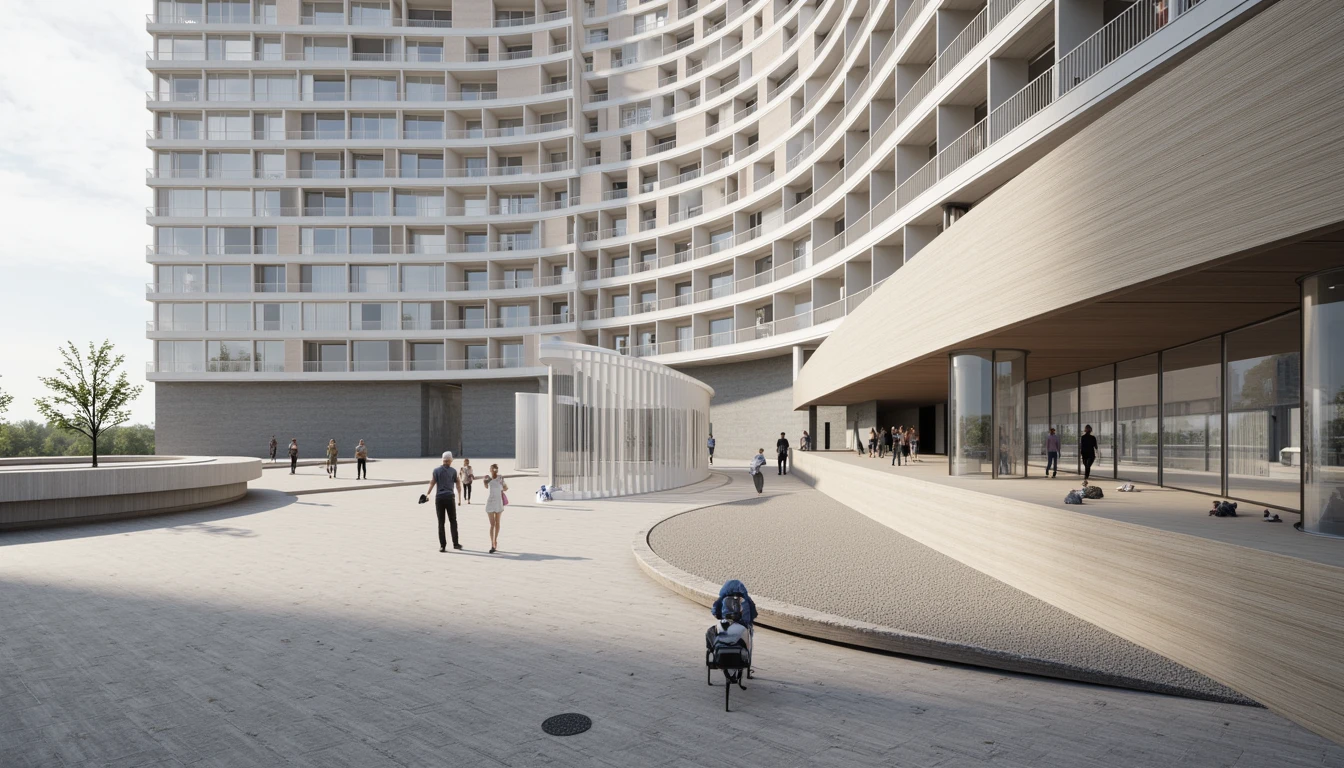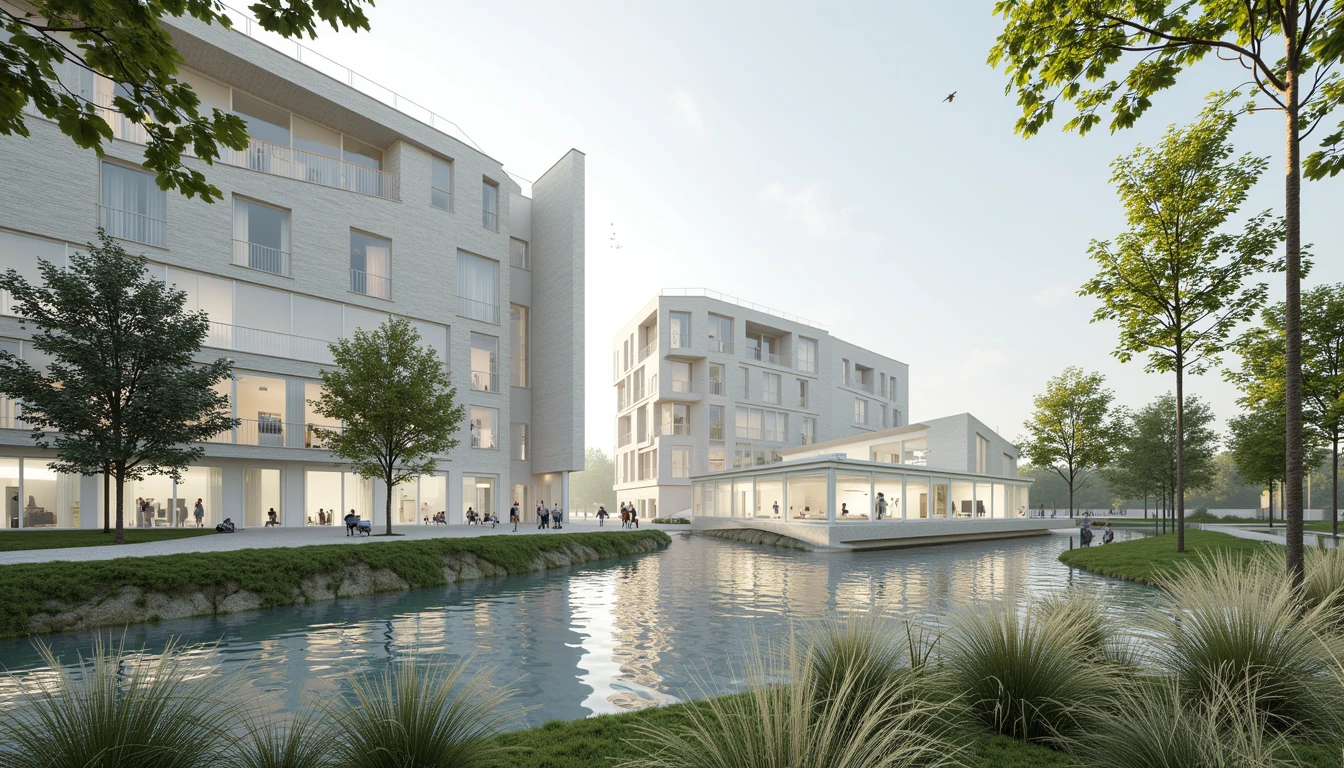Introduction

The architecture industry is undergoing a rapid digital transformation, driven by advancements in software, hardware, and data analytics. This evolution is impacting every stage of a building's lifecycle, from initial concept and design to construction, operation, and even demolition. This article explores the key aspects of this digital shift, focusing on architectural visualization, PropTech solutions, and the transformative impact on the industry as a whole.
Architectural Visualization: Bringing Designs to Life
3D Modeling and Rendering
3D modeling and rendering software has become indispensable for architects, allowing them to create realistic visualizations of their designs. These tools enable architects to explore different design options, experiment with materials and lighting, and present compelling visuals to clients. Advanced rendering techniques produce photorealistic images and animations, effectively bridging the gap between abstract concepts and tangible reality.
Virtual Reality (VR) and Augmented Reality (AR)
VR and AR technologies are revolutionizing how architects design and present their work. VR immerses clients in a virtual walkthrough of the building, providing a realistic sense of scale and spatial relationships. AR overlays digital information onto the real world, allowing architects to visualize designs in situ and make informed decisions on the fly. These immersive technologies enhance client understanding and facilitate collaborative design processes.
Building Information Modeling (BIM)
BIM goes beyond 3D visualization, creating a comprehensive digital representation of a building's physical and functional characteristics. This includes geometric information, spatial relationships, material properties, and construction sequencing. BIM facilitates clash detection, cost estimation, and project scheduling, streamlining the entire construction process and minimizing errors.
PropTech: Revolutionizing Real Estate and Construction

Project Management Software
PropTech solutions are transforming project management in architecture and construction. Cloud-based platforms enable real-time collaboration, document sharing, and task management, improving communication and efficiency across project teams. These tools also provide valuable insights into project progress, budget adherence, and resource allocation.
Construction Management Platforms
Specialized construction management platforms streamline the building process by integrating design data, construction schedules, and material procurement. These platforms facilitate communication between architects, contractors, and subcontractors, ensuring seamless coordination and minimizing delays. Real-time tracking of construction progress and cost control features enhance project transparency and accountability.
Property Management Systems
Digital property management systems automate tasks such as tenant communication, lease management, and maintenance requests. These systems improve operational efficiency, reduce costs, and enhance tenant satisfaction. Data analytics capabilities provide valuable insights into building performance, enabling proactive maintenance and optimized resource allocation.
The Impact on Architectural Practice
Enhanced Collaboration
Digital tools foster greater collaboration between architects, clients, and other stakeholders. Cloud-based platforms enable seamless information sharing and real-time feedback, facilitating iterative design processes and ensuring everyone is on the same page. This collaborative approach leads to better design outcomes and increased client satisfaction.
Increased Efficiency
Automation and data analytics streamline workflows, reducing manual tasks and improving overall efficiency. Digital tools automate repetitive processes such as drafting, rendering, and documentation, freeing up architects to focus on higher-value activities like design exploration and client interaction. Data-driven insights enable informed decision-making and optimized resource allocation.
Improved Accuracy
BIM and other digital tools minimize errors and improve the accuracy of design and construction documentation. Clash detection software identifies potential conflicts between different building systems early in the design process, preventing costly rework during construction. Precise digital models ensure accurate fabrication and assembly of building components.
The Future of Architecture: Emerging Trends

Generative Design
Generative design leverages algorithms and artificial intelligence to explore a wider range of design options based on specific parameters and constraints. This technology empowers architects to push the boundaries of creativity and discover innovative solutions that might not be apparent through traditional design methods.
Sustainable Design and Analysis
Digital tools facilitate the integration of sustainable design principles into architectural projects. Energy modeling software analyzes building performance and identifies opportunities for energy efficiency and reduced environmental impact. This data-driven approach enables architects to create environmentally responsible buildings that minimize their carbon footprint.
Digital Twins
Digital twins are virtual representations of physical buildings that are continuously updated with real-time data from sensors and other sources. These dynamic models provide valuable insights into building performance, occupancy patterns, and environmental conditions. Digital twins enable predictive maintenance, optimized energy consumption, and improved building management.
The Role of Data in Architecture
Data-Driven Design
Data analytics is playing an increasingly important role in architectural design. By analyzing data on building performance, occupancy patterns, and environmental conditions, architects can make informed design decisions that optimize building functionality, comfort, and sustainability. This data-driven approach leads to more efficient and responsive building designs.
Predictive Analytics
Predictive analytics uses historical data and machine learning algorithms to forecast future building performance. This allows architects to anticipate potential problems and make proactive decisions to mitigate risks. Predictive analytics can be used to optimize energy consumption, predict maintenance needs, and improve building security.
Conclusion

The digital transformation of architecture is reshaping the industry in profound ways. From advanced visualization tools to powerful PropTech solutions, digital technologies are empowering architects to design, build, and manage buildings more efficiently, sustainably, and effectively. As these technologies continue to evolve, we can expect even greater innovation and transformation in the years to come. The future of architecture is digital, and it's already here.